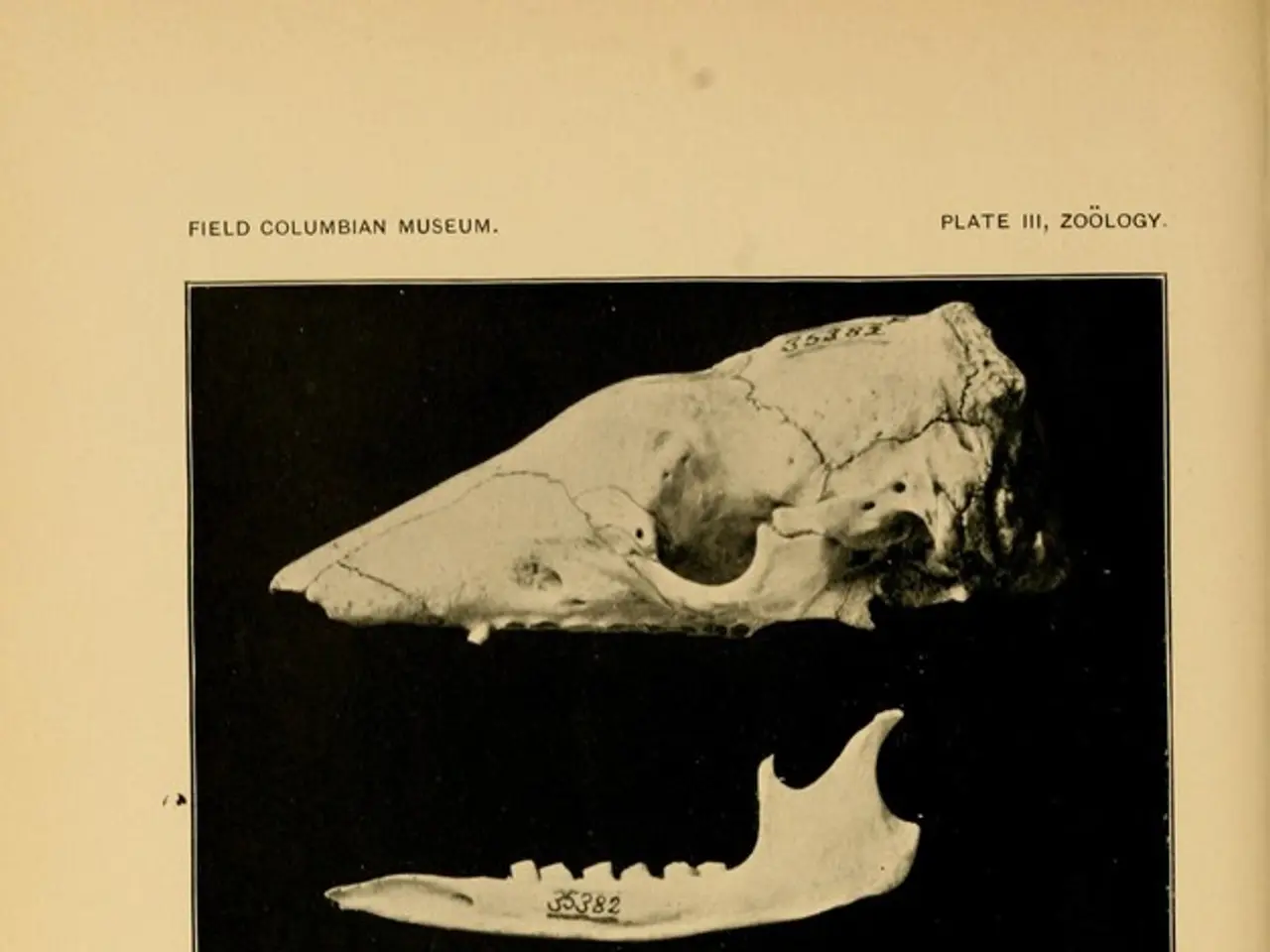ASL Inquiry: Prevalence of ALS
Amyotrophic Lateral Sclerosis (ALS), also known as Lou Gehrig's disease, is a progressive neurological condition that affects the motor neurons in the body. These neurons are responsible for transmitting signals from the brain to the voluntary muscles, enabling movement, speech, and swallowing.
ALS progresses over time, leading to a range of symptoms that can be subtle in the early stages. The average diagnostic delay is around 1 year from when a person first experiences symptoms. Some of the earliest signs to watch out for include muscle twitches, cramps, tight and stiff muscles, muscle weakness, slurred speech, and trouble chewing or swallowing. As the disease advances, symptoms spread to other parts of the body and can include shortness of breath, difficulty breathing, and fatigue.
ALS can be either sporadic (occurring at random) or familial (genetic). Sporadic ALS accounts for 90% of cases, while familial ALS, which follows a dominant genetic inheritance pattern, accounts for around 10%. Scientists have identified more than 25 genes linked to ALS, with the most common being the gene C9ORF72.
The condition affects both men and women, but 60% of people affected are male. ALS is a rare condition, with an average of 5,000 people receiving a diagnosis each year. People typically live 2-5 years after they develop symptoms of ALS.
While there is currently no cure for ALS, several disease-modifying therapies have been approved by the Food and Drug Administration (FDA). These include riluzole (Rilutek), phenylbutyrate/taurursodiol (Relyvrio), and edaravone (Radicava). Doctors focus on managing symptoms and supporting people with ALS, such as treating muscle spasticity, cramps, hypersalivation, altered mood, and pain.
ALS can make daily living challenging, affecting a person's ability to walk, swallow, communicate, and move, increasing the risk of falling and choking. Some people with ALS may develop pneumonia if food particles or saliva get into their lungs. Cognitive and mental health symptoms can also appear in some patients, particularly frontotemporal dementia in around 5-15% of cases.
Bulbar symptoms, affecting speech and swallowing muscles, occur in about 20% of cases at onset, while limb onset ALS—weakness starting in arms or legs—is the most common initial presentation. Respiratory onset is less common.
In summary, ALS symptoms reflect progressive degeneration of motor neurons, starting asymmetrically with muscle weakness and twitching and advancing to widespread paralysis including respiratory muscles. It is crucial to be aware of the early symptoms and seek medical attention promptly to facilitate early diagnosis and management.
- The science of neurological conditions, such as Amyotrophic Lateral Sclerosis (ALS), frequently involves research into medical-conditions like neurological disorders, aiming to understand their underlying causes and develop potential treatments, including the use of CBD for managing symptoms.
- CBD, a compound found in the cannabis plant, has been studied for its potential benefits in managing symptoms of various neurological disorders, including ALS, due to its influence on the body's endocannabinoid system, which plays a role in regulating coordination and movement.
- As ALS progresses, affected individuals may experience health-and-wellness concerns beyond motor neuron degeneration, requiring comprehensive care that addresses physical, emotional, and social needs throughout the course of the disease, in addition to the management of neurological symptoms.




